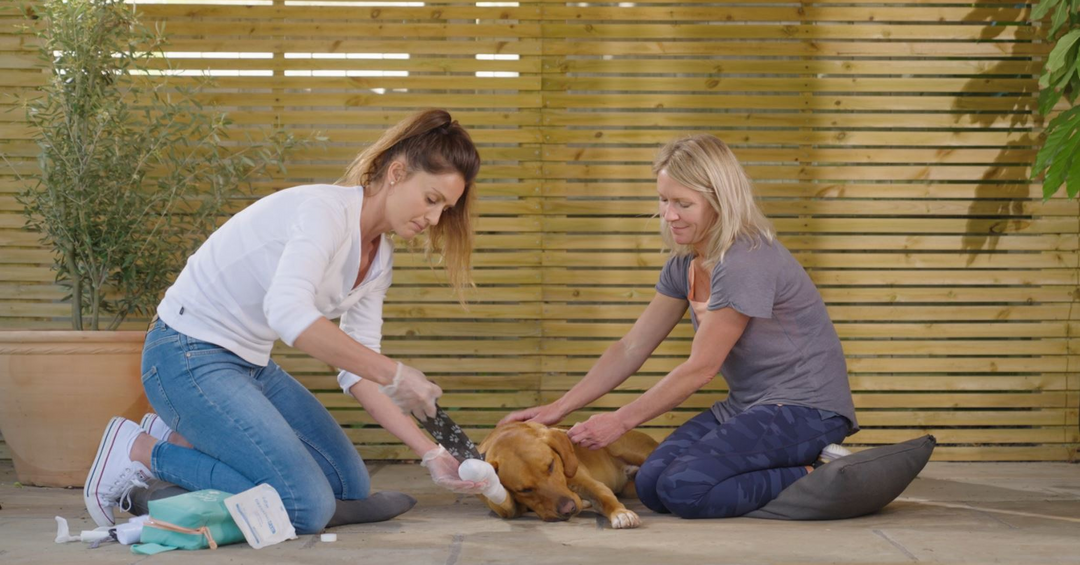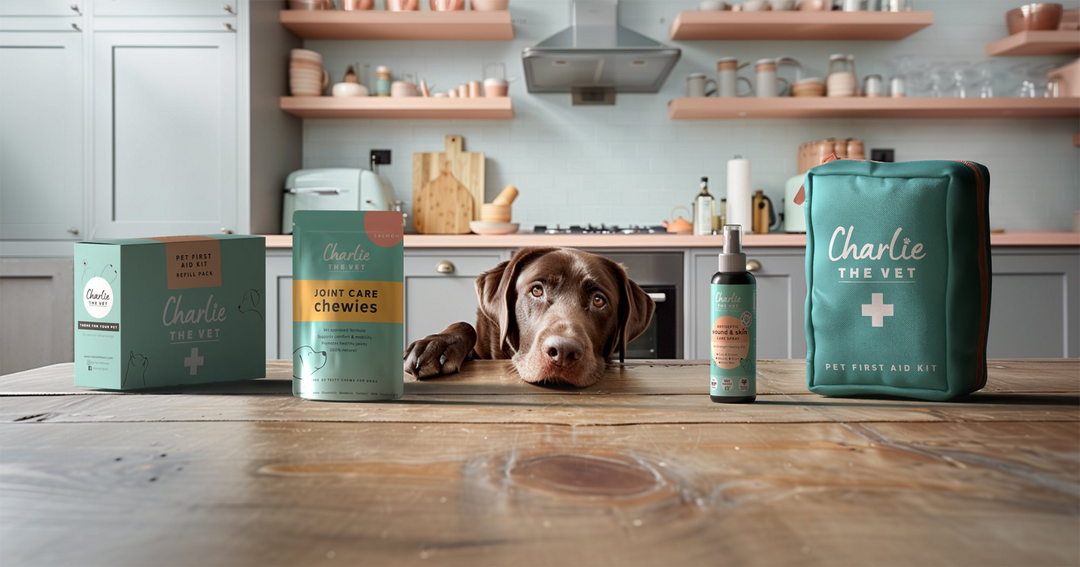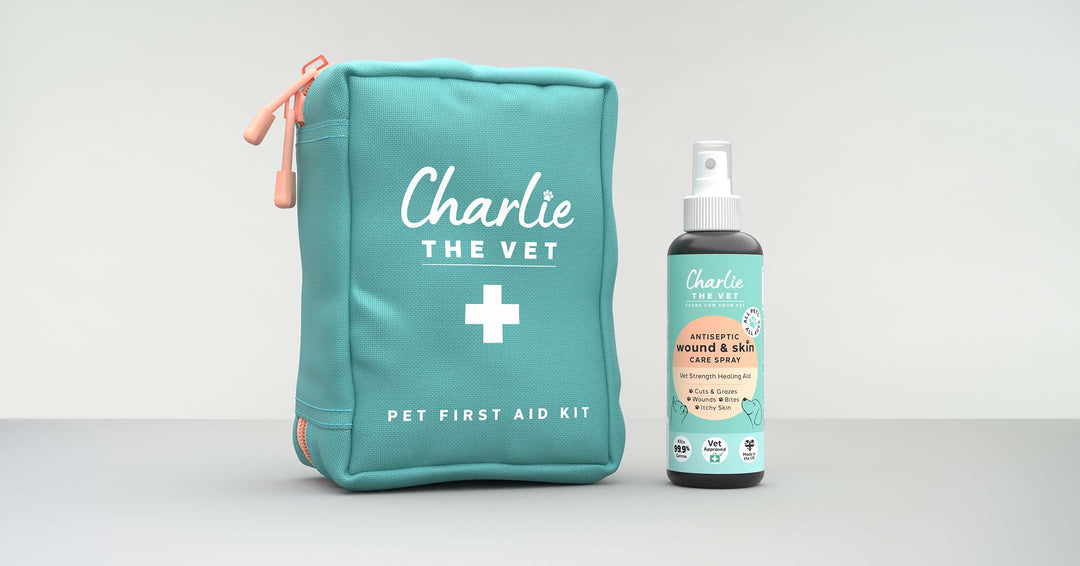Safely Handling Your Pet
safely handling your cat
safely handling your dog
SAFELY HANDLING YOUR cat
signs your cat may bite or scratch
tips for safely restraining your cat
towel restraint
approaching a sick or injured cat
Remember
- if your pet is hurt or stressed they may bite even if they normally never would .
- Avoid using food treats as a way of moving/restraining your pet in case the vet needs to give them a sedation or anaesthetic.
- DO NOT try to restrain your pet if you don't feel confident to do so or if you think it may hurt them (e.g. they are already injured or have arthritic joints) or that they may hurt you - call your vet for advice.
- If bitten or badly scratched by your pet seek immediate medical attention.
Signs your cat may bite or scratch

- Ears pointed out to the side or flat to their head.
- Swishing of their tail.
- Tail held down low.
- Coat puffed out along their back.
- Dilated pupils.
- Growling.
- Licking their lips.
- Remember - cats purr when they are happy, hungry, nervous, or unwell.
TIPS FOR SAFELY restraining your cat
- Cats are not small dogs and will not respond to the same restraint techniques and can quickly become aggressive when stressed.
- Take care - cat bite and scratch wounds are more likely to become infected.
- Close windows and doors.
- Stay calm.
- When holding a cat use the least amount of restraint possible - less is more!
- If they start showing any of the signs above stop.
- Don't scruff cats as this can cause undue stress.
- You can try holding them with one hand gently under their neck and the other holding their body.
- If this doesn't work you can try the towel technique below for things like trimming nails, cleaning ears and giving tablets.
Towel Restraint
Place a thick towel lengthways on a table. Then place your cat in the centre of the towel, head facing away from you and tail end towards you.
Wrap one end of the towel snugly around your cat like a scarf, wrapping in their legs but leaving their head out and tuck this end under your cat.
Now take the other end of the towel and wrap this over and under your cat, wrapping them up like a burrito, ensuring it isn’t too tight.
At the end of this step only your cat’s head should be poking out of the towel. This technique is useful for giving your cat a tablet or checking their ears.
You can then ease out one leg at a time for trimming nails or examining a foot/leg.
WARNINGS
This technique will help to stop you getting scratched but you could still get bitten so take care. STOP if your cat is getting too distressed. Ensure the towel isn't too tight and that they can easily breathe and are not over heating.
tips
Some cats prefer to have only their head covered gently with a towel so they have the sense that they are hiding.
You can also use a very thick towel to throw over an injured cat to pick it up in an emergency and put it into a box or a carrier to take to your vets, but they may still be able to bite you through the towel so take care (wearing thick gardening gloves can help reduce this risk though).
Cat examination bags and muzzles are not recommended. If you're having to go to these lengths to restrain your cat it is best left to your vet.
APPROACHING A SICK OR INJURED cat
- Approach slowly.
- Speak calmly.
- Yawn and blink at them then turn your eyes away - this can calm them.
- Avoid direct eye contact.
- Covering them in a towel can help calm them.
- Slide your hands under your cat to support their body and limbs.
- Place them into a box (with air holes) or carrier to transport to the vets.
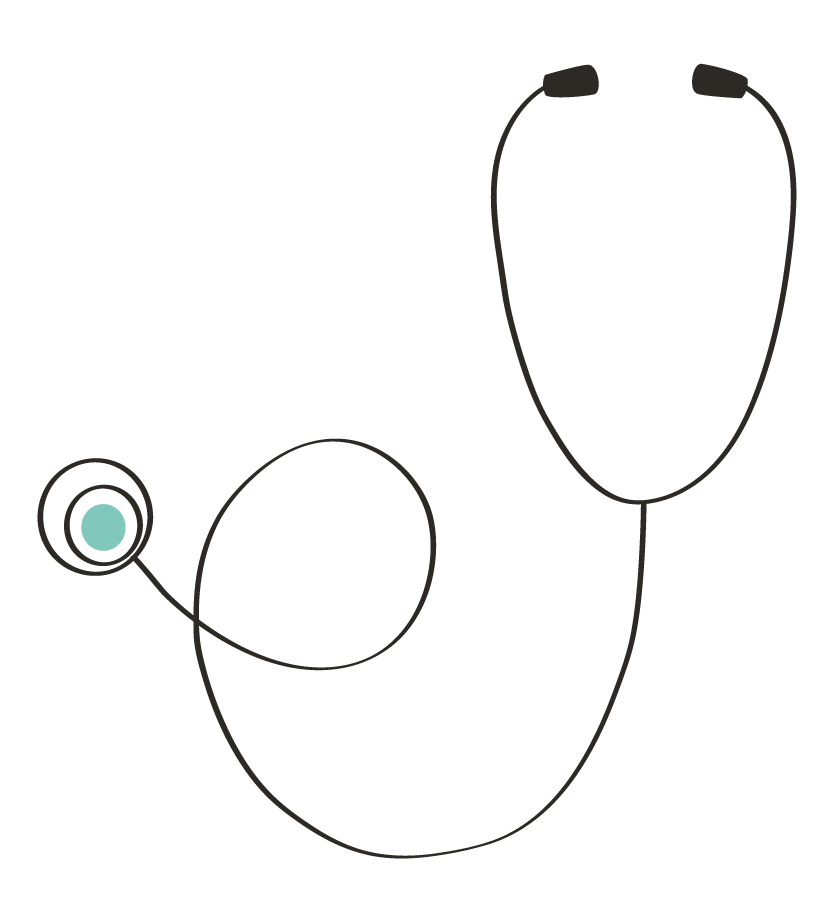
SAFELY HANDLING YOUR dog
signs your dog may bite
sitting, standing, and lying restraints
muzzles and towels
approaching a sick or injured dog
Remember
- if your pet is hurt or stressed they may bite even if they normally never would .
- Avoid using food treats as a way of moving/restraining your pet in case the vet needs to give them a sedation or anaesthetic.
- DO NOT try to restrain your pet if you don't feel confident to do so or if you think it may hurt them (e.g. they are already injured or have arthritic joints) or that they may hurt you - call your vet for advice.
- If bitten or badly scratched by your pet seek immediate medical attention.
Signs your dog may bite

- Curling lip and lip licking (when no food around!)
- Yawning repeatedly
- Growling
- Raised fur on back
- Tail tucked under
- Turning head to avoid meeting your eyes
- Standing rigidly (they can still be wagging their tail even when about to bite)
- Showing the whites of their eyes
- If showing these signs don't try and restrain them. Call your vet for advice
TIPS FOR SAFELY HANDLING YOUR DOG AT HOME
If you need to examine your pet, trim their nails or put a bandage on get someone to help hold your pet with one of the methods below.
Standing Restraint
You can do this on the floor or on a table.
- Steady their head by placing your forearm under their neck so it rests on the inside of your elbow.
- KEEP your face away from them unless you have good control of their head.
- Steady their body by putting your other arm around their body to hold them close to you. Care not to squeeze them too tightly, just use the minimum pressure needed to keep them still.
Sitting Restraint
- This is the same technique as standing restraint except your pet is sitting down.
- If they are very wiggly it can be useful to try this with their bottom against a wall/in a corner to stop them backing up.
- You can also use the hand that is not around their neck to lift a paw for someone else to trim their nails or place a bandage.
Lying Restraint
For very wriggly pets!
- Carefully lie your dog onto one side
- Stand/kneel so that their back is to you
- Hold the legs that are nearest the floor/table
- Gently lean your arm nearest their head against their neck to help control their head
MUZZLES AND TOWELS
You may need to muzzle your dog in order to safely examine them/clip their nails. It is best if you train them in advance with a muzzle so your first time using it isn't too stressful for them.
- Never leave a muzzle on for more than 15 minutes without a break.
- Material and basket type muzzles can be purchased from pet stores or online.
- Make sure they fit comfortably and aren't too big/small.
Making an emergency muzzle for your dog
- Cut a 30cm (small dogs) to 60cm (big dogs) section of the conforming bandage from your kit.
- Tie a loose knot in the centre and slip this over your dog’s muzzle (care not to get bitten).
- Tighten it on top of the nose then cross the loose ends under their jaw and tie them behind their ears.
- For flat faced breeds a special shaped muzzle can be purchased or you can try wrapping a thick towel around their neck to prevent them from being able to turn and bite - ensure they don't over heat though and if they're getting too stressed always stop and call your vet for advice.
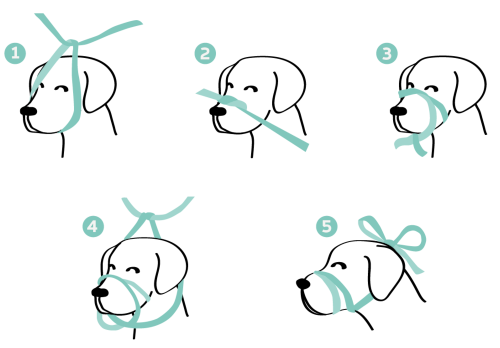
APPROACHING A SICK OR INJURED DOG:
- Approach them calmly.
- They may have become temporarily blind/deaf so stamp your feet to let them know you're approaching.
- Crouch down, lick your lips/yawn.
- Avoid eye contact and avoid putting your hand out,
- Placing a towel/coat over their head may calm them.
- Consider using a muzzle when moving an injured dog.
- Don't give any food in case the vet needs to perform a sedation/anaesthetic.
- Slowly lift them under their shoulder and hip areas.
- Consider using a make shift stretcher if they are too large for one person to lift





